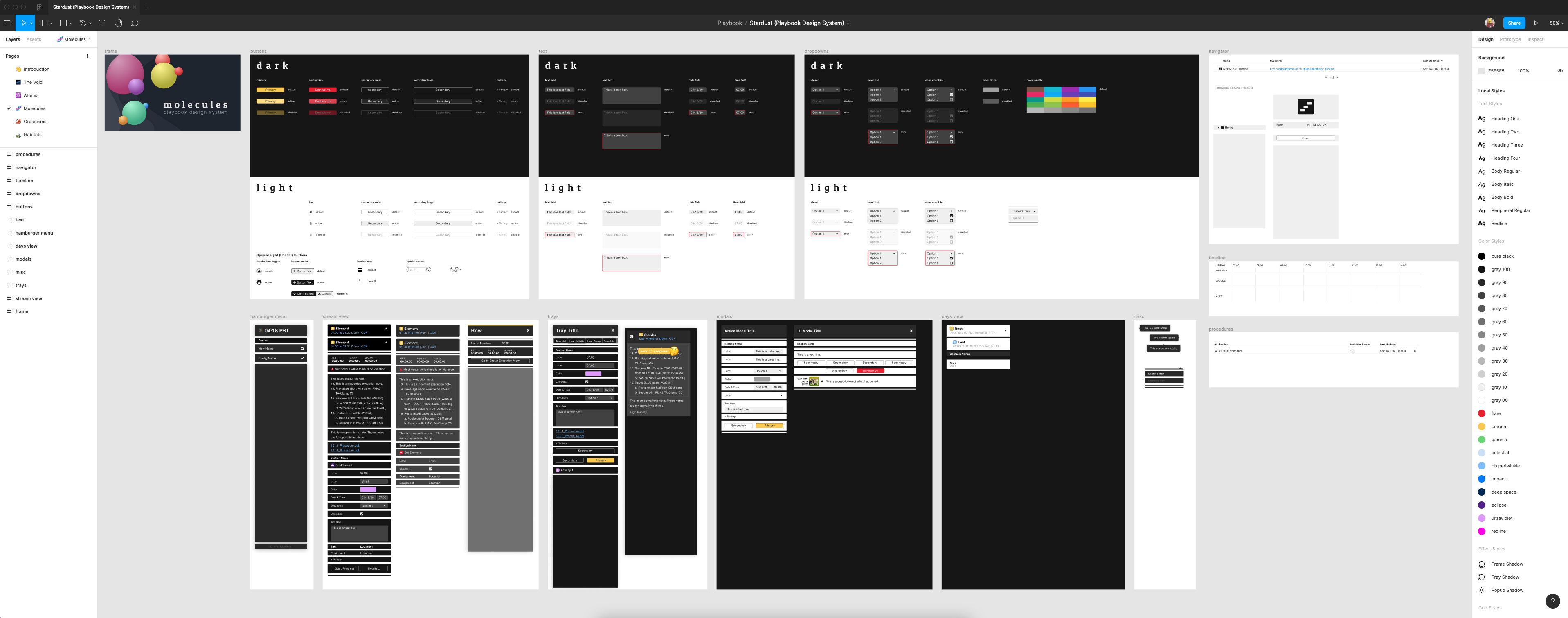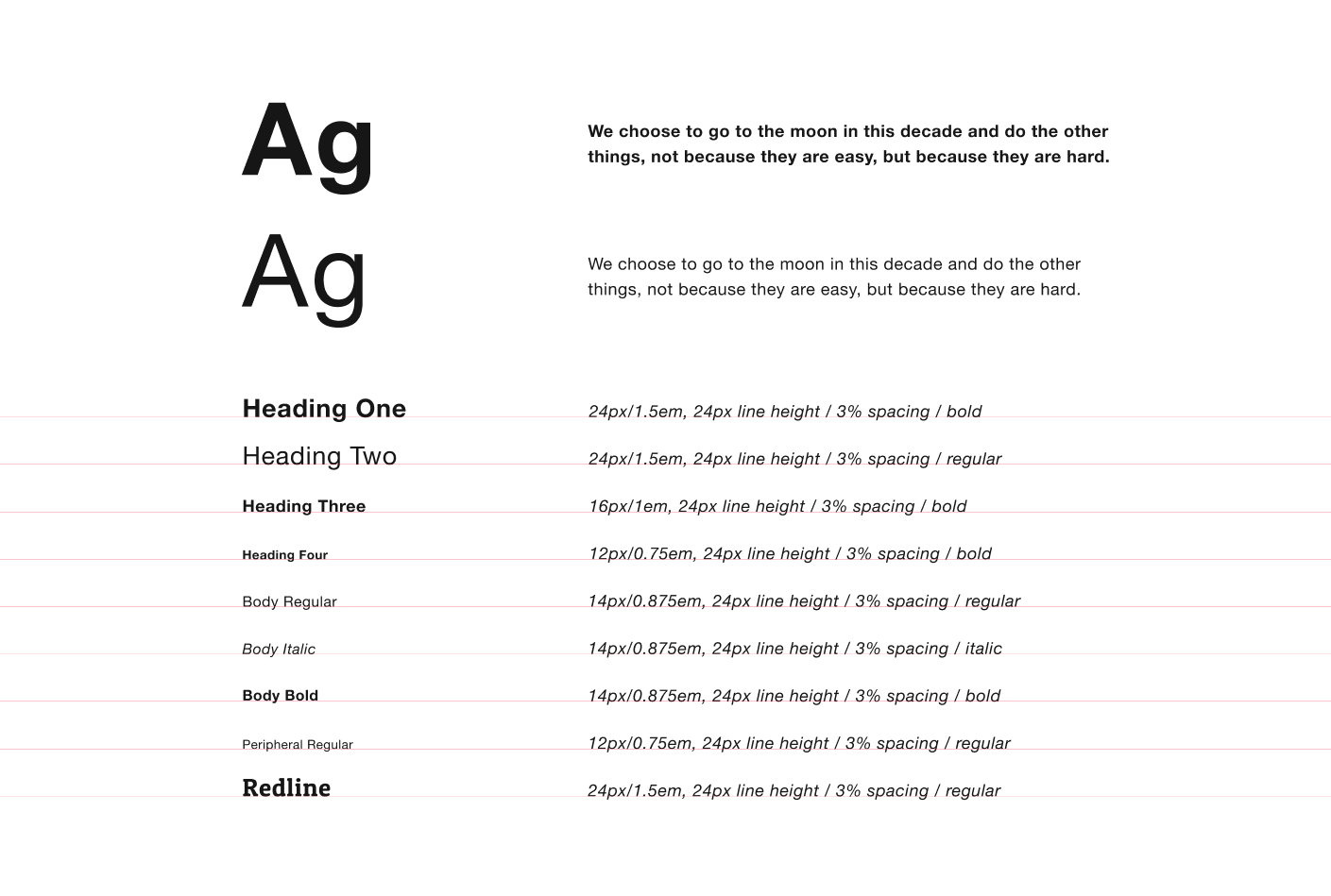Stardust Design System
Design system supporting the Playbook ecosystem
Like so many other software tools, Playbook started out as an amalgamation of many visual styles, user interface components, and snippets of code. However, as Playbook was adapted for use in other domains, complexity increased and the need to unify became more and more apparent. The Stardust Design System is an effort to address these needs. It is a self-directed, from-the-ground-up effort with the goals of standardizing many of Playbook’s components and improving usability tool-wide. At the same time, the design system has the benefit of revamping both the design and implementation processes of the Playbook development team.
Role: Design Lead
Contribution: Design System Development, UX/UI Design, Design Strategy, Design Education
Team/Timeframe: NASA/Current

